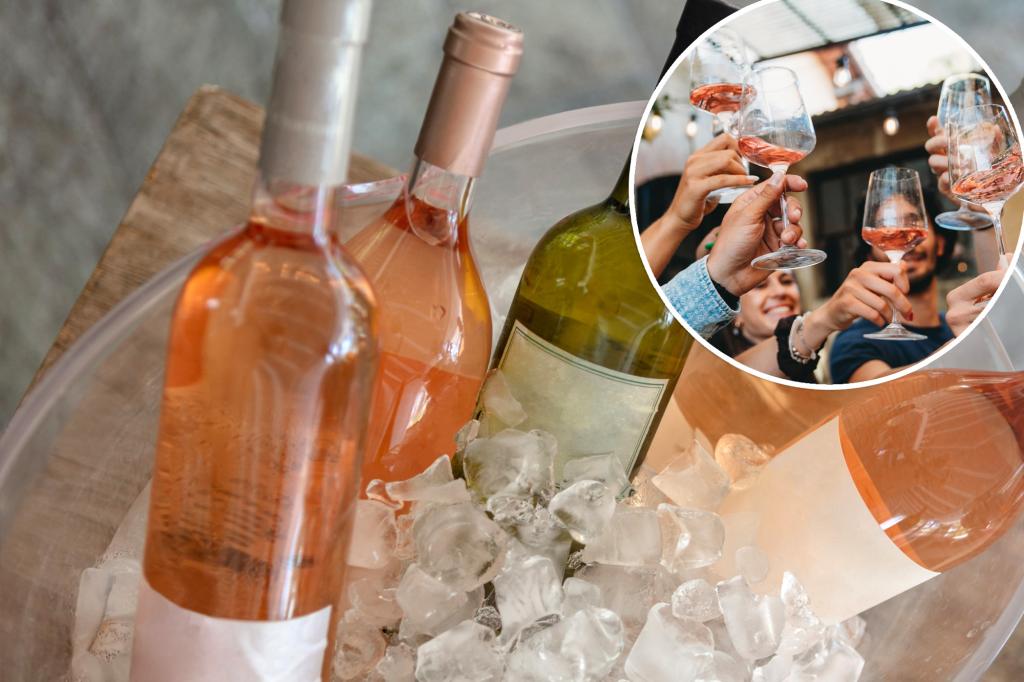Experts are warning against over-refrigerating wine, specifically rosé, which is commonly served too cold. Belinda Kleinig, a winemaker at Marks & Spencer, explained that serving wine too cold can mute its fruity flavors and hide some of its aromas. Rosé should be served at 44-55 degrees Fahrenheit, slightly warmer than the typical refrigerator temperature. To achieve this optimal temperature, it is advised to take the wine out of the fridge about 15 minutes before drinking it.
A survey conducted by Marks & Spencer revealed that nearly half of respondents were drinking rosé at the wrong temperature, potentially making the wine tasteless. The survey also found that people were hesitant to store red wine at lower temperatures, despite it being recommended by experts. Sue Daniels, another winemaker at M&S, explained that some red wines benefit from a brief period in the fridge, about half an hour, to enhance the flavors without muting them or making the tannins harsh and drying.
While adding ice to a glass of pinot noir may be taboo, experts suggest that adding a few cubes to rosé can have a positive chilling effect. Many people are also unsure about how long a bottle of wine remains fresh after being opened. Whites and rosés typically last about 3 days, while reds can last up to 5 days. Sparkling wines should be consumed within a day or two after opening to preserve their bubbles. Additionally, wine should not be stored in hot environments, as temperatures over 70-75 degrees Fahrenheit can spoil the wine and turn it into vinegar.
Apart from temperature issues, sommeliers have pointed out other common misconceptions and mistakes regarding wine drinking. These include being overly influenced by critics’ scores and high prices, understanding food pairings with wine, and proper wine serving methods. Some believe that ice cubes should never be added to wine, while others prefer using frozen grapes instead to avoid diluting the drink. Overall, proper wine storage, serving temperature, and drinking timeline after opening are essential factors in ensuring a enjoyable wine-drinking experience.
In summary, serving rosé wine too cold can hinder its flavors and aromas, and it should ideally be served at 44-55 degrees Fahrenheit. Red wines can benefit from a short period in the fridge, but care should be taken not to over-chill them. Adding ice cubes to rosé can be acceptable to achieve the desired temperature, and knowing how long wine can be stored after opening is crucial to maintain its freshness. Understanding common misconceptions and mistakes regarding wine drinking can help enhance the overall wine experience and avoid potential pitfalls in the future.


